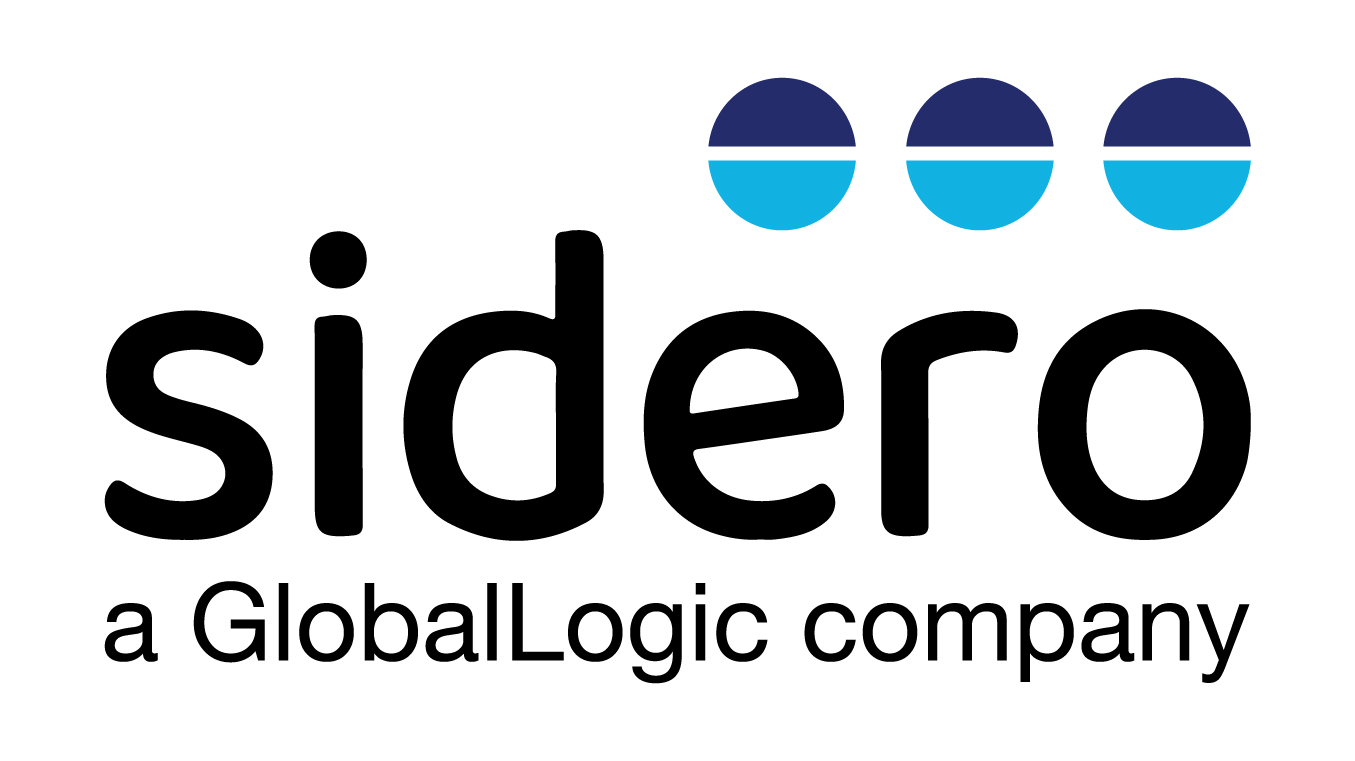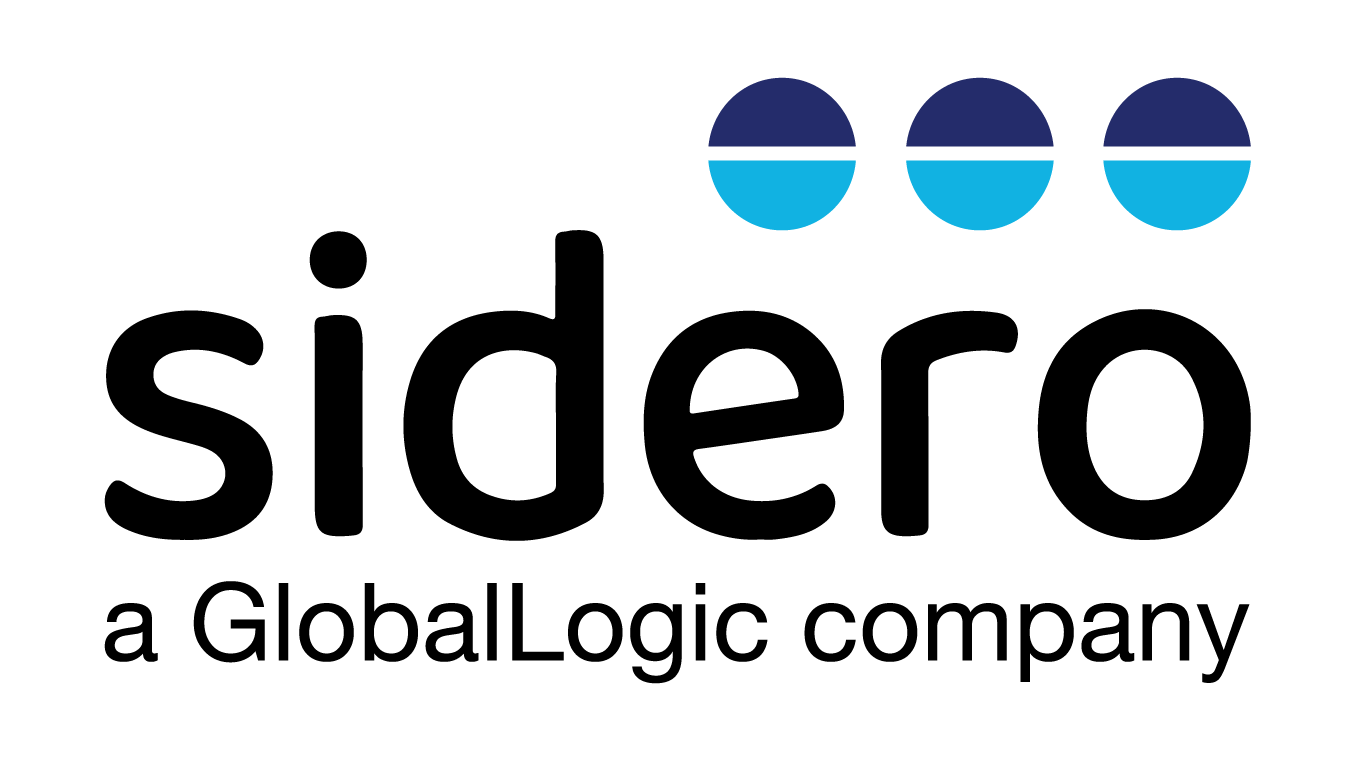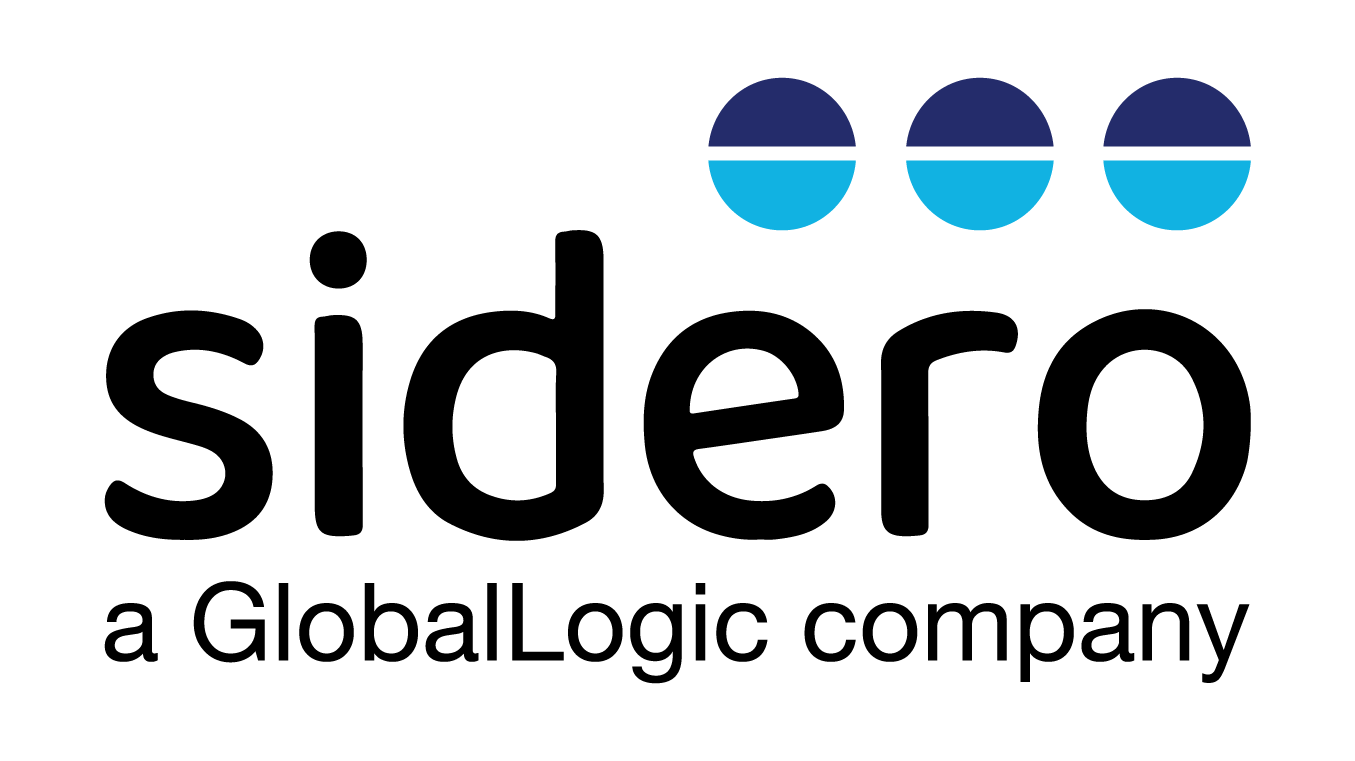DEVELOPING NATIVE ADVANTAGES
A key facet of digital transformation is recognising that both businesses and customers are increasingly living in an online world. Truly responding to this means doing more than dipping a toe in the water of video conferencing or moving productivity applications to the web, though.
In order to fully take advantage of the cloud, businesses need to go ‘cloud native’, Carmel Owens, chief executive of Sidero, said.
But what does this actually mean?
In practical terms, it’s simple: developing business applications and services that not only run in the cloud, but are created with a methodology designed specifically for the cloud and to deliver the agility that it promises.
“Often we think about the cloud as a place, but cloud-native is an approach to development and how applications are developed and deployed, not where,” Owens said.
Cloud-native is becoming more important, she said, because people are used to continuous improvement. Daily use of websites and phone apps have increased user expectations: processes should work, work fast and work simply.
They should also be improved whenever improvements can be made, not according to a calendar.
Now development can be continuous – and it can also be interactive.
“In the past, there were huge release cycles for software. What cloud-native allows us to do is to change he way that companies build and deploy their apps, including by incorporating user feedback,” she said.
This applies even to organisations working in the business-to-business sector. After all, these businesses are staffed by Android and iOS-owning consumers just like any other, and so they have developed the same expectations.
The fundamental goal is delivering applications that users want at the pace that businesses need.
“If you want to steal a march on your competition, you need to move quickly,” said Owens.
Founded in Athlone in 2013, Sidero is an Amazon Web Services (AWS) partner, with more than 40 accredited consultants and deploys software that builds, deploys and runs cloud-native software in order to exploit the flexibility promised by cloud computing.
Owens also said that while migrating existing software can be done, it may not be the right option.

“There’s been a lot of focus on moving to the cloud, being hosted in the cloud, but that’s different from cloud-native.”
With migrations, Sidero look to what AWS has dubbed the ‘six Rs’: rehost (lifts and shift), replatform (for example, moving to a new database), repurchase (change altogether), refactor or rearchitect (moving from a monolith application to more flexible ones), retire, and finally, or retain.
Each has its pros and cons, so a serious examination of business goals is called for.
“If you rehost some of your legacy apps in the cloud you do get some advantages, but it’s still the same old software,” said Owens.
Large enterprises often have an investment in legacy technology, but Owens said that their customers and suppliers are pushing them to move.
“Nobody wants to host large farms of infrastructure anymore. We’re seeing a certain amount of ground-up development and then there’s the question of replacing or migrating legacy systems. Someone like Sidero can come in and build a plan and then deploy it,” she said.
In the abstract, the goal of opening to new markets, becoming agile and delivering more is straightforward, but cloud-native application requires specific skills – and cultural change.
DevOps, for example, attempts to merge software development and operations. This methodology is hugely popular, but it is also a radical departure from separate teams developing and running software that is developed on a fixed calendar-based schedule of planned updates.
“Typically, these companies have development capability in-house, they have their own teams. Moving to a devOps [model], that’s a culture change.
“If you implement devOps you have to restructure and retrain,” Owens said.
“There’s a skills gap, too, with things like Kubernetes, Docker and devSecOps [the merger of development security and operations]. These are new skills,” she said.
On the other hand, she said, it brings major benefits – not least among which is security.
“It’s continuous deployment, that’s what you’re trying to get to. You get daily or weekly software drops. When you’re developing code, you’re trying to secure the applications and that’s a consideration from day one. It’s secure by design.
“Rather than handing it over to the security officers, it’s part of the developing cycle,” she said.



